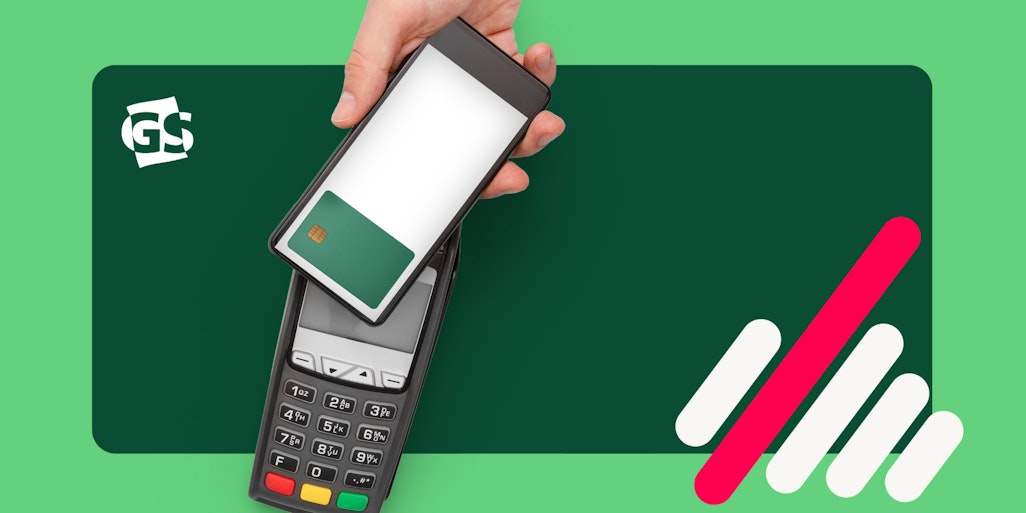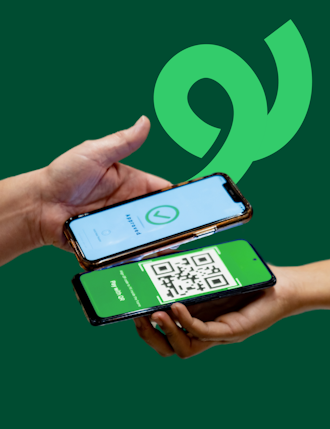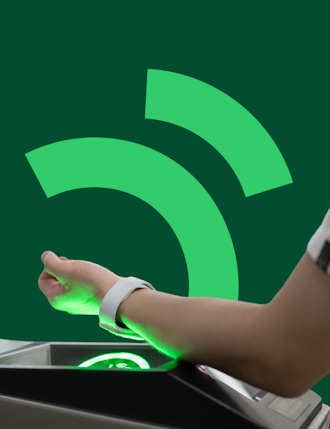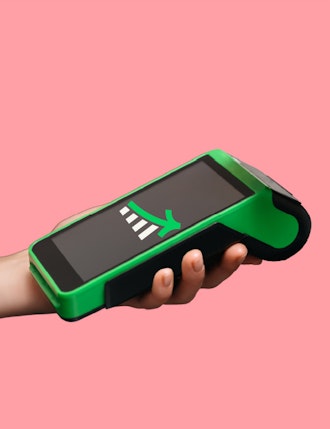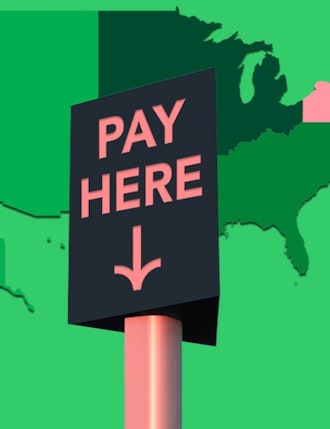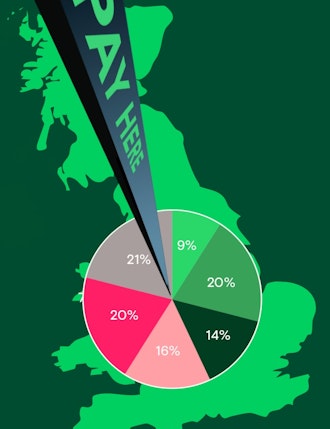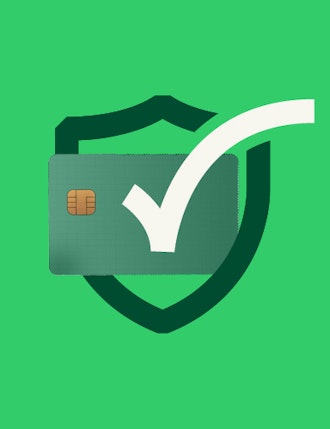The world of payments has come a long way in a relatively short space of time, with cash becoming a rare sight for many merchants. But our industry still lags far behind others in innovation. As acquirers and service providers seek to broaden their horizons and compete with rivals for the business of merchants, it’s important to realize that payment technology is accelerating rapidly and to adapt to disruptive changes that are coming. Those smartphones most of us carry have data storage and processing capacity that rivals or exceeds most common laptops, but they can’t easily accept card payments. Merchants and acquirers are still largely dependent on dedicated payment hardware to complete purchase transactions.
A new dynamic
The payments industry in the United States has long been constrained by a Catch-22: merchants have been resistant to investing in the “latest, greatest” device upgrades, while acquirers have been reluctant to leave classic solutions behind for fear of losing customers who wish to stick with the tried-and-true. Here, we’re still grappling with the transition to chip-and-PIN EMV payments, a full decade behind the U.K. and even further behind other countries. Similarly, while we’ve flirted, sometime aggressively, with contactless payments, our acquirers, issuers and merchants have just never seemed to be on the same page at the same time.
But acquirers, issuers and merchants are waking up to a new dynamic, that of consumer demand for experiences that rival what they can find online. Part of creating a new in-store physical experience involves making payment even easier; contactless, or tap-and-pay, is an essential part of the equation.
Contactless on the rise
Both Visa and Mastercard are moving this year to require all new card terminals to accept contactless payments. This signals a clear impetus to move into the future. Up to this point, mobile payments have been fairly clunky. With inconsistent adoption of contactless on the merchant countertop, few cardholders have the incentive to move beyond the traditional card swipe or dip to the new world of presenting their smartphone to complete a purchase.
But consumer use of contactless is trending upward as most smartphone providers now include near field communication (NFC) contactless technology in their devices and, increasingly, in accessories such as smart watches. As consumers look to add virtual card capabilities to their smartphones, they’ll expect their merchants to quickly adapt. Those who don’t adapt will do so at their own risk because, as many large U.S. retailers are finding, consumer loyalty is extremely fleeting.
Off-the-shelf competition
Device manufacturers are taking notice and have begun reviving mobile-to-mobile payments solutions. In fits and starts over the past decade or so, hardware manufacturers have pioneered various tablet and handheld device solutions with built-in contactless capabilities. But they have never really achieved merchant adoption rates to justify wide-scale rollouts.
Generally, these devices have been either specialized devices that are costly to manufacture, or they utilize clunky hardware accessories that neither merchant nor consumer have warmed up to.
Efforts are underway to equip off-the-shelf smartphones and tablets with native NFC payment-ready capabilities that can utilize a mobile POS application to complete an in-store payment transaction.
Ultimately, both merchant and consumer will be able to utilize tap-on-phone payment without the need of dedicated devices or specialized hardware accessories. What will finally push contactless over the hurdle is the need for issuers to keep up with consumers, as well as competition from device manufacturers like Apple, which have realized they can bring their own branded cards to market.
Secure, software-based and mobile
At the NRF 2020 conference, Samsung and Visa teamed up on a “Tap-to Phone”-ready solution that can function as a software-based POS payment system able to accept contactless payments without add-on hardware. Visa said it is piloting this type of capability in 16 markets globally.
According to Visa, tap to phone’s “sophisticated software terminal inside the smartphone generates the same dynamic security as a traditional terminal does today for every transaction, giving every party peace of mind that their data is safe.”
Acquirers and service providers no doubt will continue to sell classic POS payment devices for some years to come. But it seems clear that at some point in the future, acquirers and service provides will have to adapt to POS payment software and platforms that can run on any device with the appropriate embedded security. That is going to fundamentally change business models of device vendors and service providers.
Interested in reading more around this subject? Here are some useful articles…

